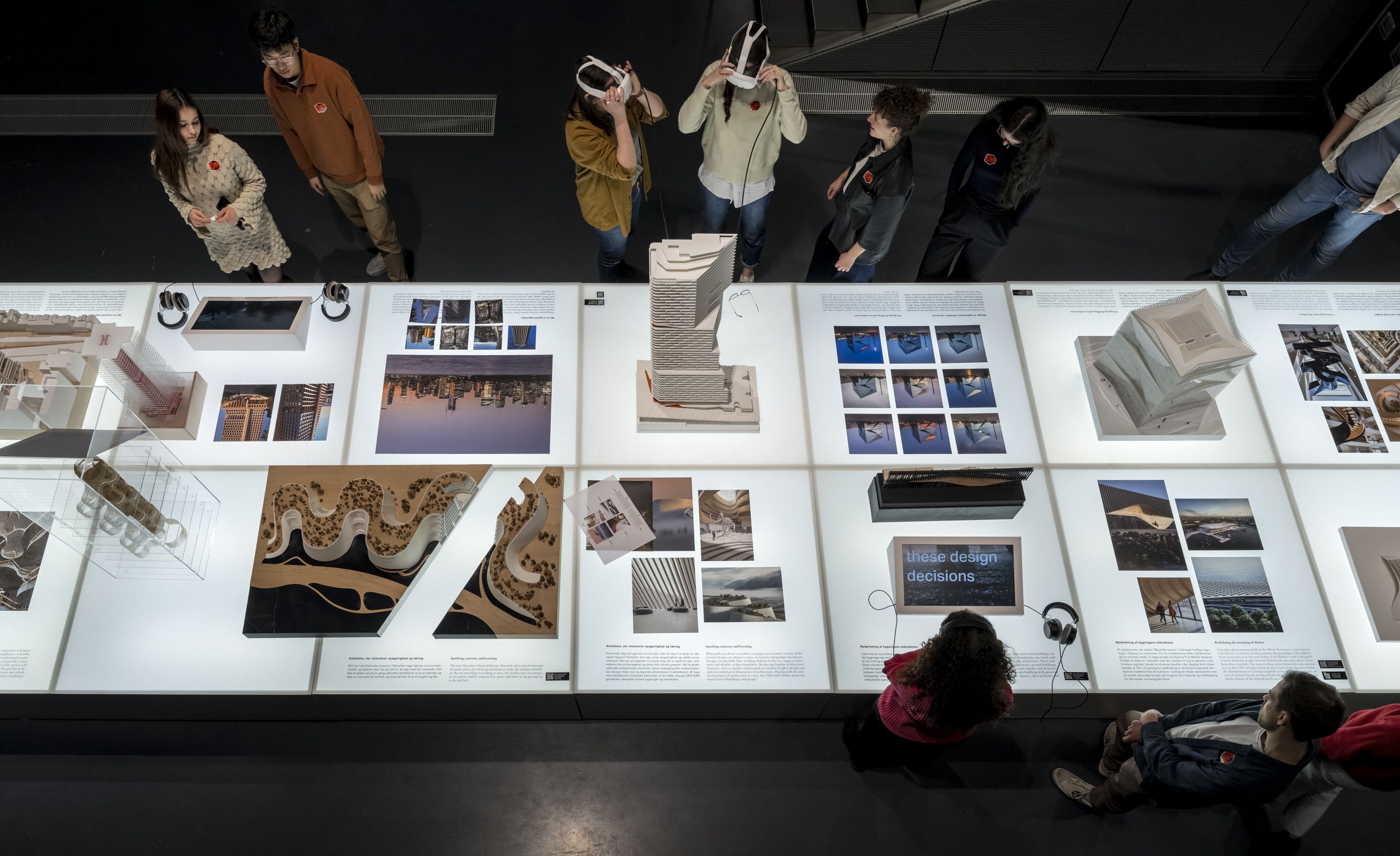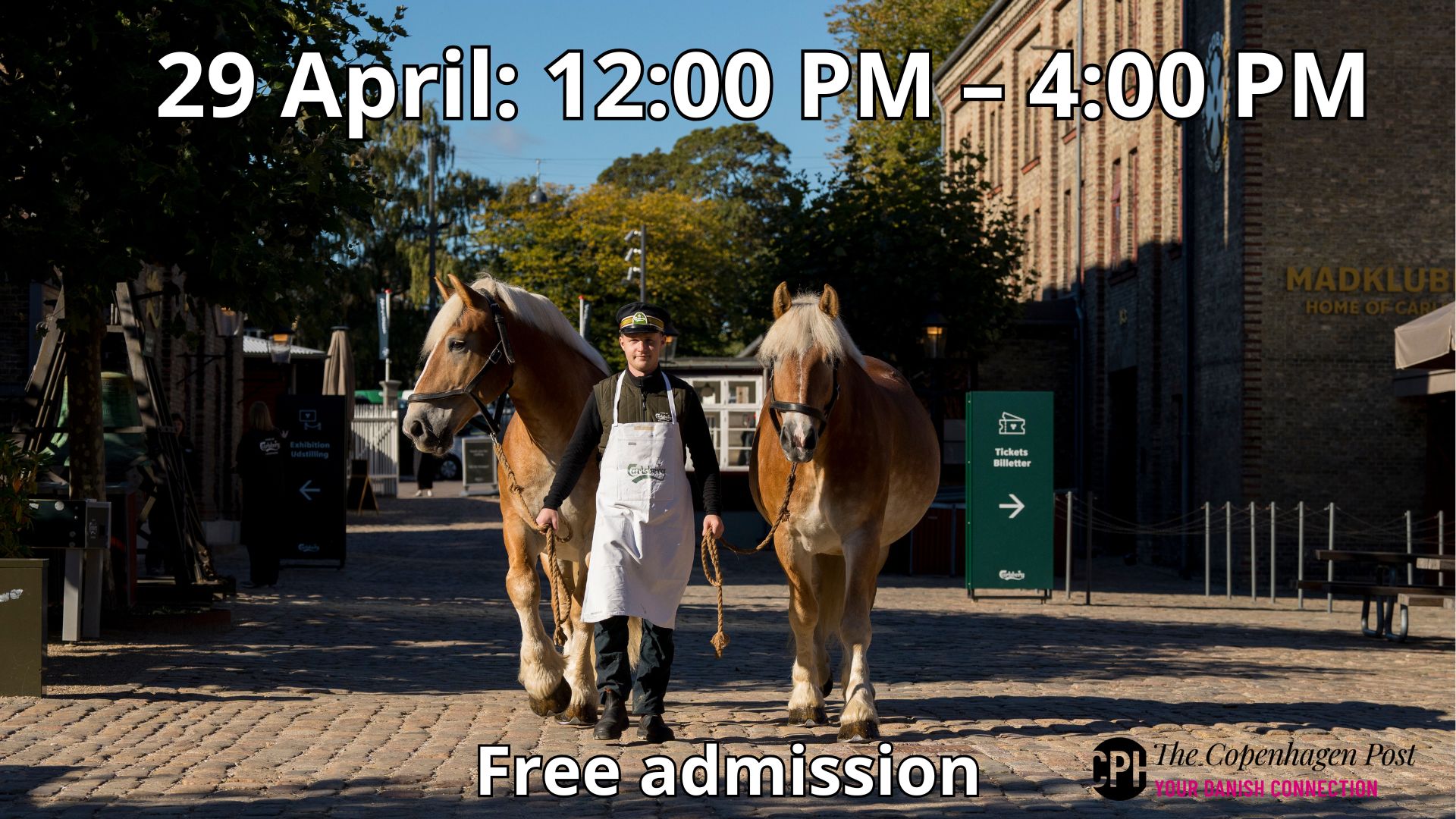Parents flipping through Christmas catalogues for toy stores Toys R Us and BR will be confronted by pictures of boys playing with dolls and girls playing with train sets.
The decisions to challenge gender stereotypes was deliberate, says Thomas Meng, the head of marketing for the two companies.
“Children are not coded so that boys like blue and girls like pink,” Meng told metroXpress newspaper. “And we don’t want to reinforce any coding. We want them to choose for themselves.”
READ MORE: Pink is the colour of success for Lego
Misdirected political correctness
The Danish division of the toy shop chains are following the example set by their colleagues in Sweden, where gender-challenging catalogues were launched last year to enormous international interest.
Pia Adelsteen, equality spokesperson for right-wing Dansk Folkeparti, said the policy was “pathetic and perverse”.
“Every child is born with a gender and it’s misdirected political correctness to photograph boys in girls' roles and vice versa,” Adelsteen told metroXpress, adding that the catalogues cater to only a minority of children who do not choose traditional gender roles.
READ MORE: Lego criticism a mistake, equality minister admits
Gender roles limit children's horizons
There are serious drawbacks to rigidly enforcing gender stereotypes, however, argues professor Dorte Marie Søndergaard from the Department of Education at the University of Aarhus.
“By enforcing very clear cut dualism between boys and girls – and between what boys and girls are allowed and supposed to do – you limit the horizon of possibilities for these children and the potential direction of their development,” Søndergaard told The Copenhagen Post.
“This is neither in the best interest of the child, nor of society as a whole. We don’t need two distinct categories of people. We need flexible people who can adapt to a wider horizon of possibilities than is possible if we simply divide people into two distinct groups.”











